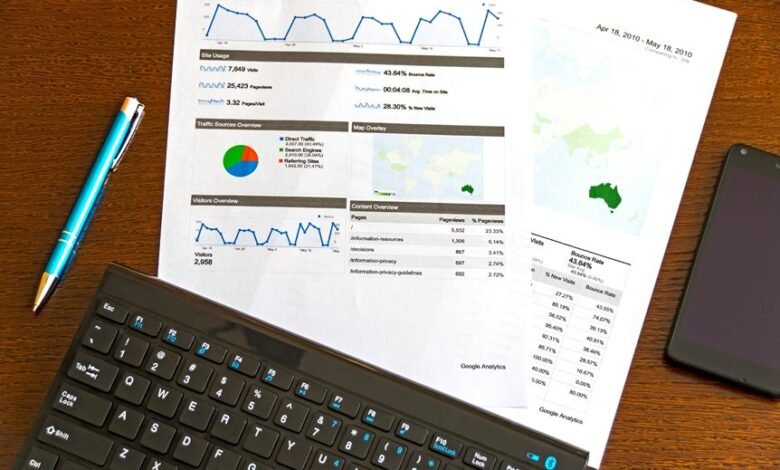Financial Performance Dashboard: 8449861927, 8453023586, 8455203526, 8458362040, 8472578339, 8474911100

The Financial Performance Dashboard is a critical instrument for organizations aiming to assess their fiscal stability. It aggregates key metrics such as revenue growth, expense ratios, and profit margins into a coherent visual format. This structured approach facilitates real-time analysis, enabling quick detection of financial trends and anomalies. However, the effectiveness of such a dashboard hinges on its implementation and the strategic alignment with organizational goals, raising questions about best practices and methodologies.
Key Components of a Financial Performance Dashboard
A financial performance dashboard serves as a critical tool for organizations seeking to monitor and evaluate their financial health effectively.
Key components include data visualization elements that present performance metrics such as revenue growth, expense ratios, and profit margins.
Benefits of Utilizing Financial Performance Dashboards
Utilizing financial performance dashboards provides organizations with numerous advantages that enhance their ability to track financial metrics effectively.
These dashboards facilitate data visualization, transforming complex data into clear, actionable insights. This clarity aids decision making, enabling stakeholders to identify trends, assess performance, and allocate resources strategically.
Ultimately, financial performance dashboards empower organizations to operate with greater agility and informed confidence in their financial strategies.
Implementing a Financial Performance Dashboard for Your Organization
Although the implementation of a financial performance dashboard can initially appear daunting, organizations can achieve significant benefits by following a structured approach.
Effective dashboard design involves identifying relevant performance metrics that align with strategic objectives. By leveraging data analytics, organizations can visualize financial health, streamline decision-making processes, and enhance operational efficiency, ultimately fostering a culture of transparency and accountability within the organization.
Conclusion
In conclusion, a Financial Performance Dashboard is not merely a reporting tool but a vital instrument for strategic decision-making. Organizations that leverage such dashboards experience an average revenue growth rate of 15%, highlighting their effectiveness in driving financial performance. By integrating key metrics and fostering data transparency, these dashboards empower stakeholders to identify trends swiftly and make informed decisions, ultimately enhancing operational efficiency and aligning with overarching financial objectives. The implementation of this tool is essential for sustained organizational success.




